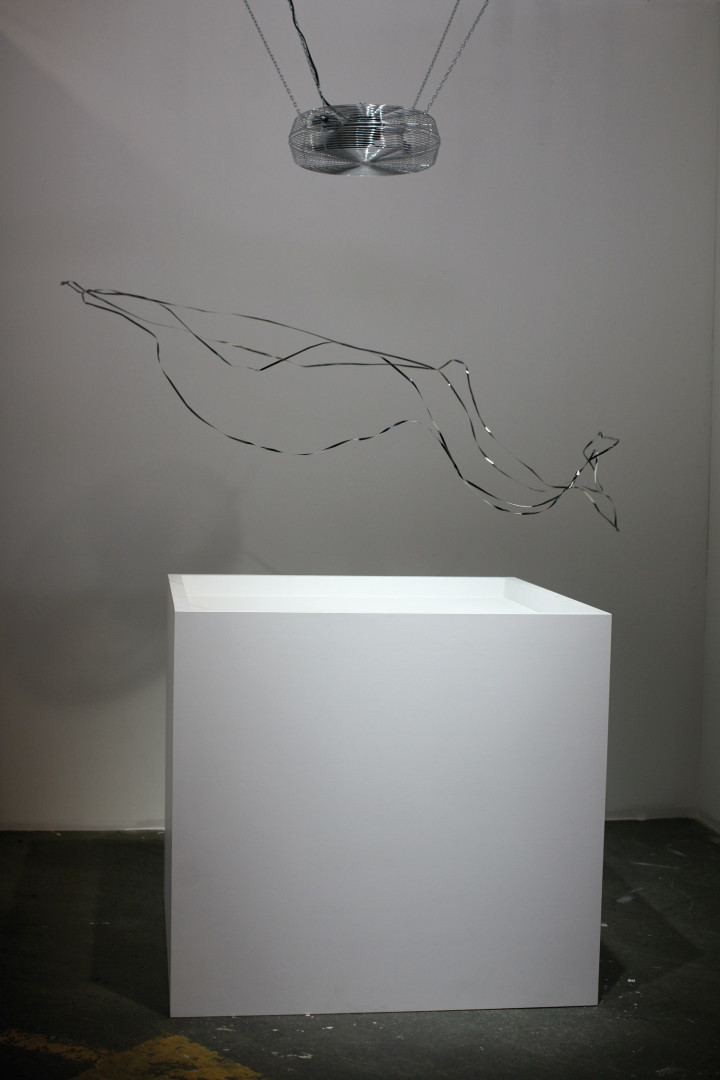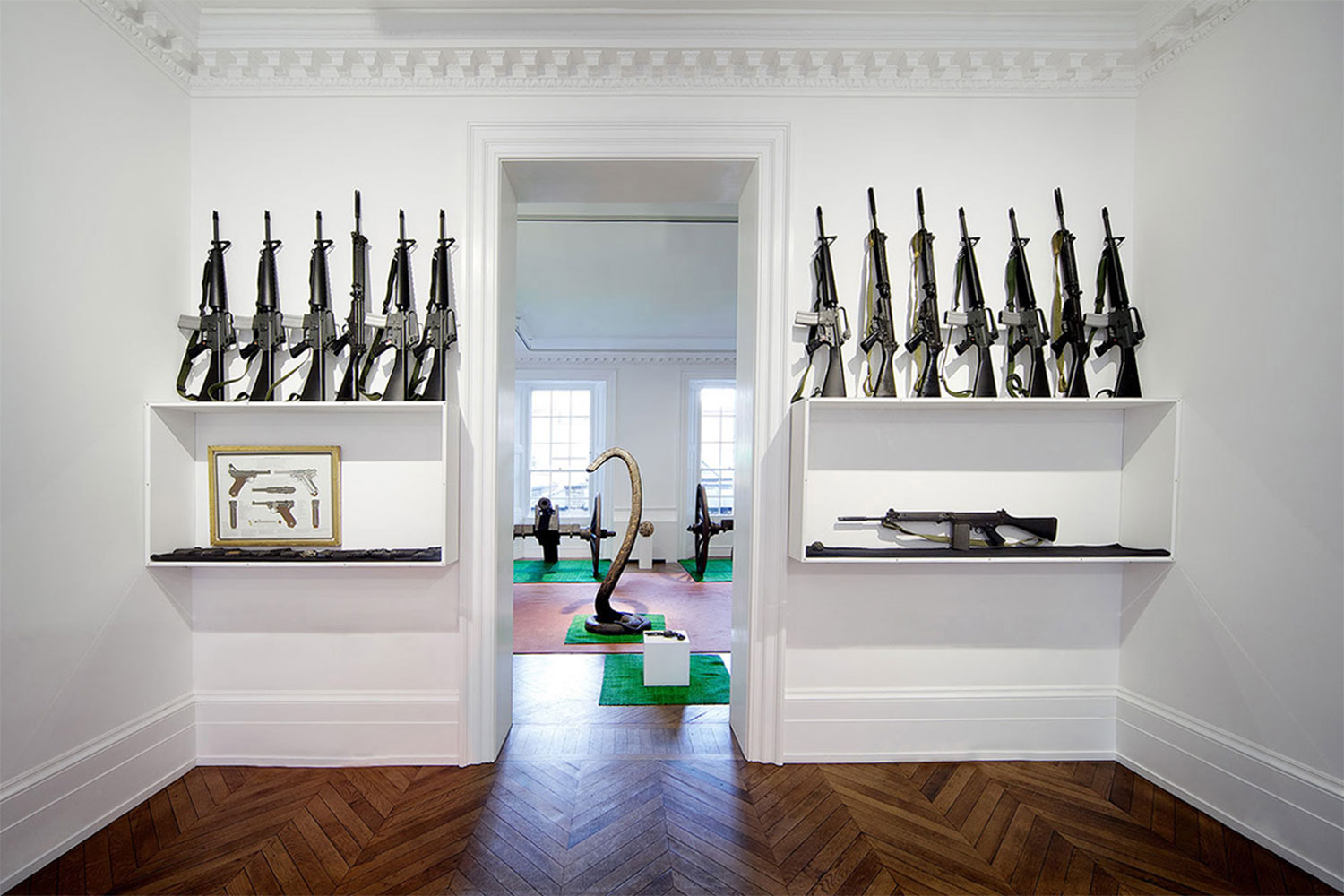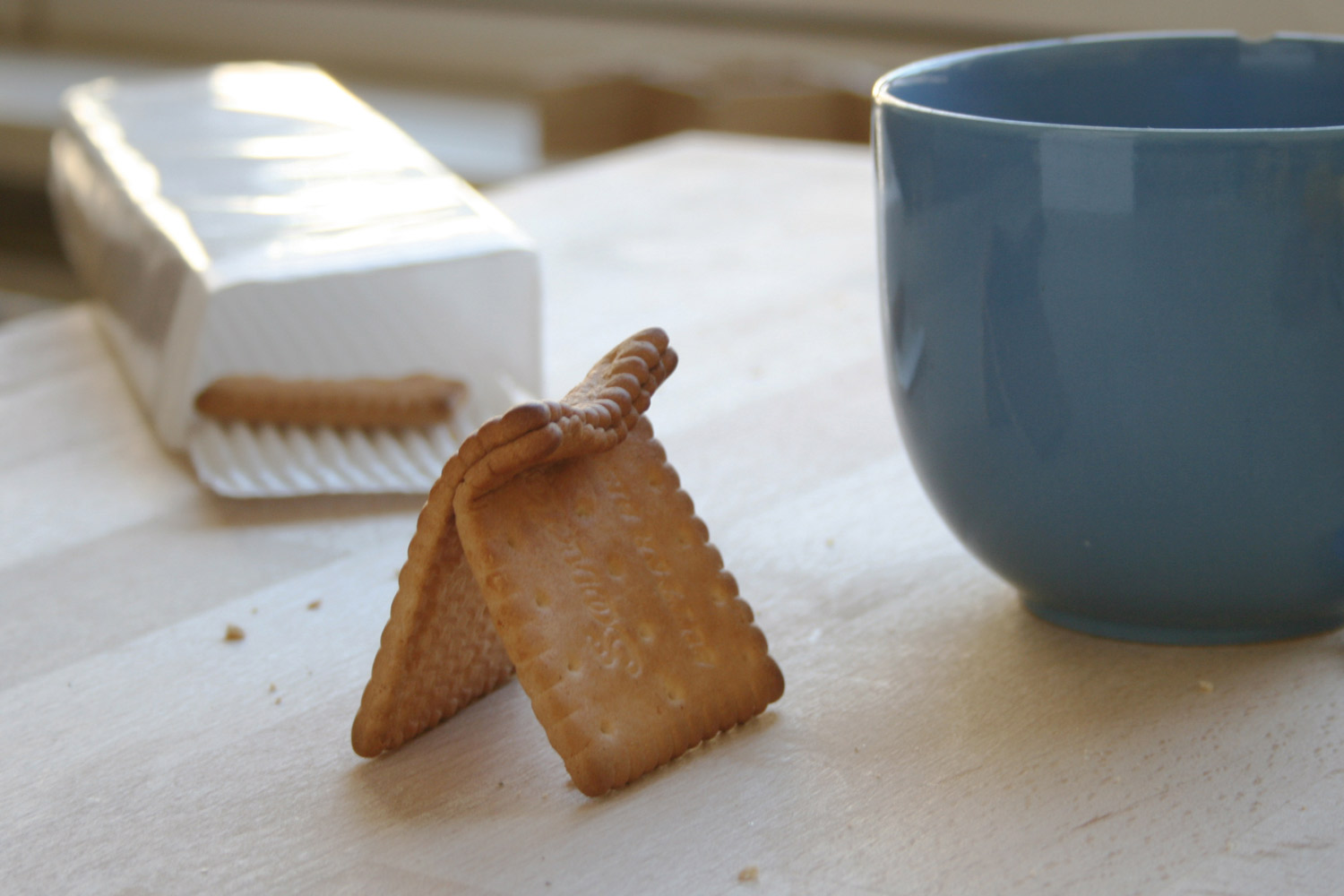
Neringa Černiauskaitė: You recently joined Yvon Lambert gallery. Was the Lithuanian Pavilion in the 53rd Venice Biennale a decisive moment?
Zilvinas Kempinas: I was in group shows at Yvon Lambert in 2007 and this year. They came to the opening of the Lithuanian Pavilion. The Venice Biennale is often a turning point for many artists, and it certainly was for me.
NC: There is a perfect consonance between Tube and Scuola Grande della Misericordia. How do you find your works in unconventional exhibition spaces?
ZK: To ‘plant’ Tube in such a gorgeous environment as Scuola Grande della Misericordia — never used for Biennales before — was a difficult project. In fact, getting the space was the project. The piece itself was realized and tested at Atelier Calder (Sache, France) a year ago, so I knew exactly how it works. I was just focused on getting Tube a beautiful home for six months. I’m glad we succeeded. I don’t have preference in terms of conventional/unconventional spaces. I feel comfortable in any given situation as long as it works.
NC: In your creation time is frozen in the magnetic tapes and emerges at the moment of experiencing the works.
ZK: Time matters, because we are mortal. Everything is soaked in time. It is an illusion, a phantom of something we cannot see and cannot control; we can only measure it. What we call ‘time’ is in fact just one endless terrifying thing. Perhaps time is God. Not a guy in the sky with a beard, but a real cool God, a slow one — that always moves at the same pace of 60 minutes per hour, never stops, changing everything simultaneously with majestic indifference.

NC: Your strategy to create monumental, magical works from fragile mundane materials overwhelms a viewer with mystical scenery and reveals how simply this mystique is constructed. It’s as if you laugh at the sanctity and seriousness of Modernism.
ZK: Simplicity has a disarming effect on the viewer. I prefer efficiency of means. It’s like a joy of alchemy: you combine a couple of ordinary things in the right proportion and you get results, which is much more than just a sum of the parts; therefore it is important that the “ingredients” remain visible. Magicians have secrets. Once the secrets are revealed, the magic goes away. Artists don’t have secrets, and art is able to surprise you even more, once you know how it’s made. I don’t laugh at Modernism. I like its devotion to some purist ideas and beliefs, even if they don’t seem serious anymore.
NC: You have been using unspooled videotape more and more boldly and resourcefully. Is it important for an artist to attach oneself to only one medium?
ZK: If someone likes to use only one medium, there is nothing wrong with that. If you are a painter, you can be a painter till the end. I am going to make my new piece out of whatever I feel like. I have no obligation either to my tape or to my fans. I just want to continue experiencing life and art, and learn new things about it all.





